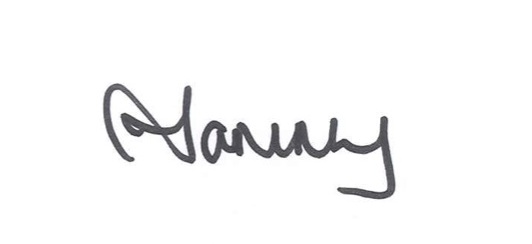
So much conflict – what can I do?
It is one of the questions that I get asked most often: how do I stop conflict within a team?
But we are looking at this the wrong way if we try and stop conflict.
Conflict can be good. We don’t want people who all think and talk the same. We know that diversity of thought and style leads to innovation and creativity.
And yes, it can also provoke conflict. Usually – because the team members are looking at the world solely through their own eyes.
How do I get my team members to stop fighting?
One of the most rewarding pieces of work I have done was with a team who had extremely different personalities and work styles. There was a great deal of conflict within the team. And not always of the constructive kind.
Part of the issue was that one team member was always looking forward, looking for new ideas, new possibilities; dreaming, creating. One of the team members was a practical pragmatist who would look at those ideas and ask the questions around how it would actually work.
The creative one wanted to move forward, the practical one wanted to plan and prepare.
This happened over and over again; leading the creative one to label the practical one “negative” and the practical one to think the creative one was not grounded in how things worked in reality. We have talked before about different thinking styles, and how this can lead to conflict.
My aim was to be able to come up with a practical solution that would reduce the conflict and enable the ideas to get a proper “airing”.
Using De Bono’s Six Thinking Hats to stop fighting within teams
One of the tools I suggested was De Bono’s Six Thinking Hats.
There’s an excellent article on how the Six Thinking Hats works which is well worth the read (or watch the video if that’s more your thing). But in essence, De Bono says there are six different hats:
“…White Hat: With this thinking hat you focus on the data available. Look at the information you have, and see what you can learn from it. Look for gaps in your knowledge, and either try to fill them or take account of them. This is where you analyze past trends, and try to extrapolate from historical data.
Red Hat: ‘Wearing’ the red hat, you look at problems using intuition, gut reaction, and emotion. Also try to think how other people will react emotionally. Try to understand the responses of people who do not fully know your reasoning.
Black Hat: Using black hat thinking, look at all the bad points of the decision. Look at it cautiously and defensively. Try to see why it might not work. This is important because it highlights the weak points in a plan. It allows you to eliminate them, alter them, or prepare contingency plans to counter them.
Black Hat thinking helps to make your plans ‘tougher’ and more resilient. It can also help you to spot fatal flaws and risks before you embark on a course of action. Black Hat thinking is one of the real benefits of this technique, as many successful people get so used to thinking positively that often they cannot see problems in advance. This leaves them under-prepared for difficulties.
Yellow Hat: The yellow hat helps you to think positively. It is the optimistic viewpoint that helps you to see all the benefits of the decision and the value in it. Yellow Hat thinking helps you to keep going when everything looks gloomy and difficult.
Green Hat: The Green Hat stands for creativity. This is where you can develop creative solutions to a problem. It is a freewheeling way of thinking, in which there is little criticism of ideas. A whole range of creativity tools can help you here.
Blue Hat: The Blue Hat stands for process control. This is the hat worn by people chairing meetings. When running into difficulties because ideas are running dry, they may direct activity into Green Hat thinking. When contingency plans are needed, they will ask for Black Hat thinking, etc….”
How the Six Thinking Hats Theory Works to Reduce Fighting within Teams
The rationale behind the approach is that for every idea, the team systematically thinks about the idea from each of the different perspectives. So the creative one needs to look at things from a practical perspective, and vice versa.
It may take some practice as team members learn to look at an idea or an issue from a perspective that they are not used to; but inevitably the time taken to consider a new idea will be well spent down the track.
Not only can it reduce the conflict associated with the perceptions formed of team members “oh there’s negative Nellie being negative again”, but it can often mean that the idea is a more robust, better one from the consideration of all different angles.
Now, this is not going to solve all the conflict, obviously – but where it is simply an issue of different ways of viewing the world, it can be a most useful tool.
Have you ever used De Bono? What did you think? Was it useful? Did it reduce conflict?
Want More?
If you would like to discuss how I could help you look at this issue, get in touch.
And if you’re still hungry for more you can find my leadership book here which has some great resources on managing conflict positively including this post on “deal with it or let it go” approach.
Until next week, happy leading.


